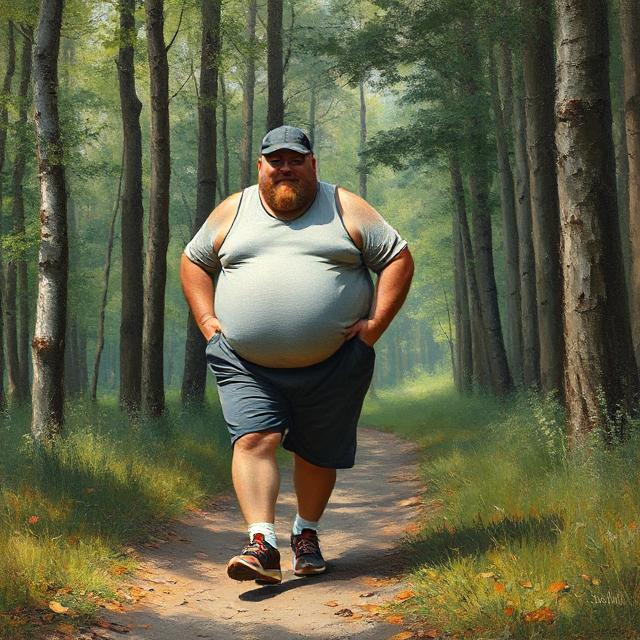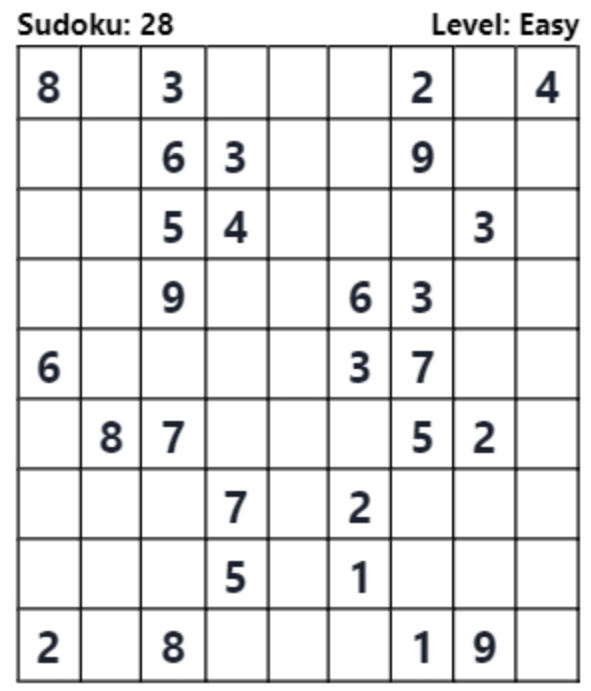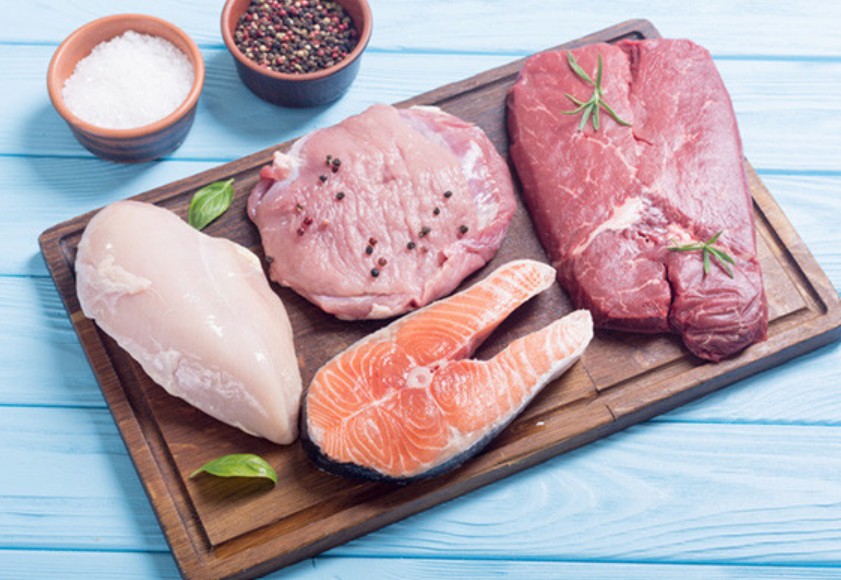There’s a strange myth in our culture — that movement is only for the already fit. That if your body doesn’t fit a certain mold, the gym isn’t for you. That if you’re carrying extra weight, you need to “fix” yourself before you can join in.
Let’s throw that idea out.
Movement is for everyone. Not punishment. Not a test. But a gentle return to your own rhythm. If you’re living in a larger body, especially if you’re obese, moving might feel daunting — and maybe even painful. But it can also be joyful. Empowering. Yours.
That said, before starting any new exercise routine, it’s important to talk to your doctor or healthcare provider. Every body is different, and what works for one person might not be safe for another — especially when chronic conditions, joint pain, or heart health are part of the picture. So check in first. Ask what’s safe. What to avoid. What to try. It’s not about permission — it’s about protection.
Once you’ve got the all-clear, here’s the beautiful part: you get to start wherever you are. There’s no finish line you have to chase. No one you need to compare yourself to. You just begin. And for many people, that beginning is slower, softer — but every bit as valid.
Let’s start with the simplest, most underrated movement of all: walking. Whether it’s around the block, through a garden, or just from one room to the next with intention, walking can be a quiet miracle. It supports your joints, boosts circulation, and lets your body gently remember what it feels like to move.
If walking feels like too much, start smaller. Chair exercises — yes, sitting down and moving your arms, stretching your legs, or using resistance bands — are a fantastic way to engage your muscles without putting strain on your knees or back. There are videos, apps, and DVDs dedicated entirely to this style of movement.
Water-based activities are another gift. The pool takes weight off your joints, making it easier to move freely and without pain. Water walking, light aqua aerobics, or simply floating and stretching can do wonders for mobility, balance, and mental health — and often, they just feel good.
Then there’s gentle yoga or stretching, which might sound intimidating, but doesn’t have to mean folding yourself like a pretzel. There are instructors and online classes that specialize in yoga for larger bodies — they know how to adapt poses and make you feel welcome, not judged. Yoga isn’t about flexibility — it’s about listening to your body and breathing through it.
Dancing in your kitchen counts. So does cleaning the house with music on. So does gardening. So does laughing hard and often.
The goal isn’t to lose X pounds or look a certain way. The goal is to feel more at home in your body. To find out what it can still do. What it enjoys. And maybe, one day, to look forward to that walk or those five minutes of stretches because you know — deep down — you’re doing something just for you.
So start slowly. Rest often. Celebrate tiny wins, like finishing a full set of stretches, or walking five minutes longer than you did last week. Those wins are not small. They are powerful. They are proof of your strength, your patience, your care for yourself.
And when in doubt, remember: you don’t need to be thin to be active. You just need to be willing to begin. On your terms. In your body. With support, with softness, and with the deep knowledge that you are worth the effort.
Every step is still a step forward — and that’s more than enough.




